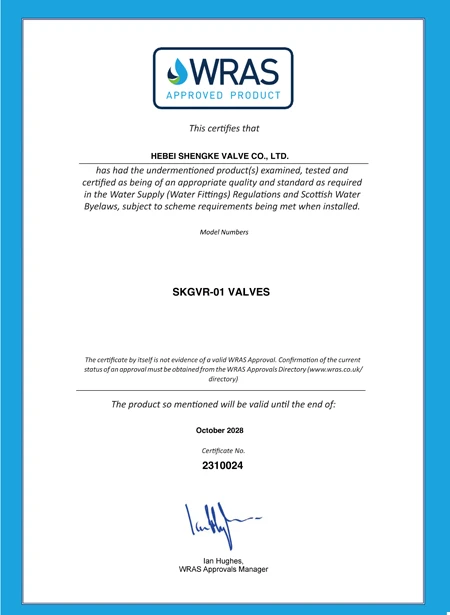10 月 . 12, 2024 19:09 Back to list
gate valve
Understanding Gate Valves A Key Component in Fluid Control Systems
Gate valves, known for their simple yet effective design, play a crucial role in various fluid control systems across industries. These valves are primarily used to either allow or restrict the flow of fluids, making them essential in pipelines for water, oil, gas, and other substances. Their ability to provide a tight seal when closed makes them particularly valuable in applications where maintaining pressure is vital.
A gate valve functions using a flat or wedge-shaped gate that slides between two seats within the valve body. When the valve is in the open position, the gate is fully retracted, allowing for unobstructed fluid flow. Conversely, when closed, the gate is pressed against the seats, creating a seal that prevents any leakage. This design ensures minimal pressure drop across the valve and allows for efficient system operation.
One of the standout features of gate valves is their capability to handle high-pressure environments. They are often constructed from robust materials like carbon steel, stainless steel, or cast iron, which enhances their durability and resistance to corrosion. This makes gate valves suitable for a variety of environments, including chemical processing plants, waste treatment facilities, and even in residential plumbing systems.
gate valve

Installation of a gate valve is straightforward, which contributes to its popularity
. However, proper maintenance is crucial to ensure longevity and prevent operational failures. Regular inspections should be conducted to check for signs of wear and tear, particularly around the sealing surfaces. Additionally, gate valves should not be used for throttling purposes, as partially open gates can lead to turbulence and excessive wear.In comparison to other valve types, such as globe or ball valves, gate valves are preferred in situations where a straight-line flow is essential, and a full opening is required. Their design minimizes flow resistance, making them ideal for applications where the pressure needs to remain stable without significant losses.
Despite their advantages, gate valves do have limitations. While they provide an excellent seal, they may not perform well under rapid cycling conditions due to the mechanical stress incurred from frequent opening and closing. This is why they are often used in applications where they remain mostly in the open or closed position.
In conclusion, gate valves are indispensable in fluid control systems due to their effective sealing capabilities, durability, and ease of installation. With proper maintenance and usage, these valves can operate efficiently, providing reliable performance in a variety of industrial and residential applications. As industries continue to evolve, the role of gate valves in managing fluid dynamics will undeniably remain pivotal, ensuring safety and efficiency in the systems they serve. Understanding their functionality and application is essential for anyone involved in planning or managing fluid transport systems.
Share
-
Understanding the Differences Between Wafer Type Butterfly Valve and Lugged Butterfly ValveNewsOct.25,2024
-
The Efficiency of Wafer Type Butterfly Valve and Lugged Butterfly ValveNewsOct.25,2024
-
The Ultimate Guide to Industrial Swing Check Valve: Performance, Installation, and MaintenanceNewsOct.25,2024
-
Superior Performance with Industrial Swing Check Valve: The Essential Valve for Any SystemNewsOct.25,2024
-
Industrial Swing Check Valve: The Ideal Solution for Flow ControlNewsOct.25,2024
-
You Need to Know About Industrial Swing Check Valve: Functionality, Scope, and PerformanceNewsOct.25,2024